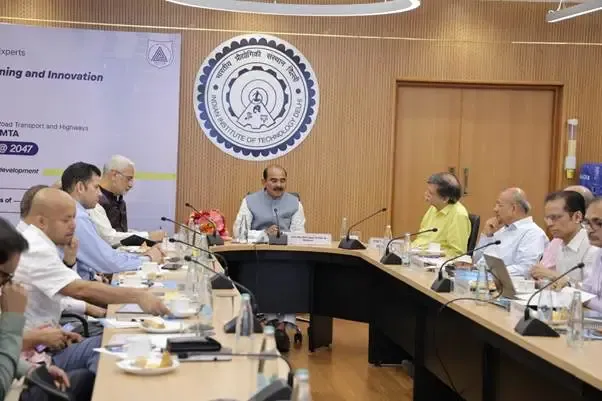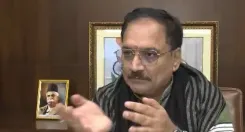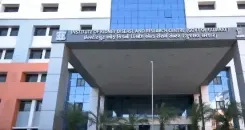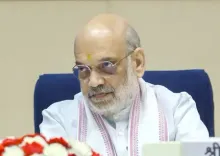How Can Innovation Transform India's Road Planning?

Synopsis
Key Takeaways
- Innovation should be at the heart of road planning.
- Proactive strategies can address key challenges.
- Integrating safety and context is vital.
- Customized solutions are necessary for India's unique geography.
- Collaboration between academia and industry is essential for progress.
New Delhi, July 4 (NationPress) - The Minister of State (MoS) for Road Transport and Highways, Ajay Tamta, convened a meeting with experts from IIT Delhi, the School of Planning and Architecture in Delhi, and industry stakeholders on Friday. He asserted that the future of India’s infrastructure hinges on innovation-driven, safety-focused, and context-aware road planning.
MoS Tamta called for a significant shift from reactive construction methods to proactive, innovation-centric strategies, positioning road projects as integrated tools for multi-sectoral development rather than mere engineering tasks.
He underscored that in alignment with Prime Minister Narendra Modi's vision for 'Viksit Bharat 2047', infrastructure will be pivotal in transforming India into a developed nation.
"The Ministry is not solely focused on constructing roads; we are creating corridors that act as engines for industrial growth, urban development, digital connectivity, and overall citizen welfare," he stated.
During the meeting, MoS Tamta engaged with faculty and innovators from IIT Delhi and SPA Delhi, emphasizing that these innovations not only enhance safety but also address persistent challenges in road projects, such as land acquisition hurdles, urban congestion, inadequate last-mile connectivity, and budget overruns.
The Minister stressed the importance of developing indigenous design models tailored to India's unique geography, climate, behaviors, and population density. This entails creating customized solutions, including integrated safety zones, mobility hubs, and mixed-use road corridors.
The event highlighted not only road safety initiatives but also groundbreaking technologies, advanced planning frameworks, and cost-effective, high-impact designs that could revolutionize road development in India.
MoS Tamta also assessed multi-directional free traffic models, hotspot-based safety designs, and door-to-door mobility systems aimed at enhancing public transport efficiency through a no-app-no-URL (PiFi - Private Internet Fidelity) model suitable for rapid urban transit.
He advocated for a governance model that invites and transparently evaluates physical plans before the formulation of the Detailed Project Report (DPR), paving a clearer path to implementation.
MoS Tamta reiterated that innovation must be the foundation of the Ministry of Road Transport and Highways' planning strategy, highlighting the role of Centres of Excellence (CoEs) as incubators for cross-disciplinary innovations.
He commended IIT Delhi and SPA Delhi for spearheading this initiative and urged other academic and industrial entities to join this mission of nation-building through intelligent infrastructure.










